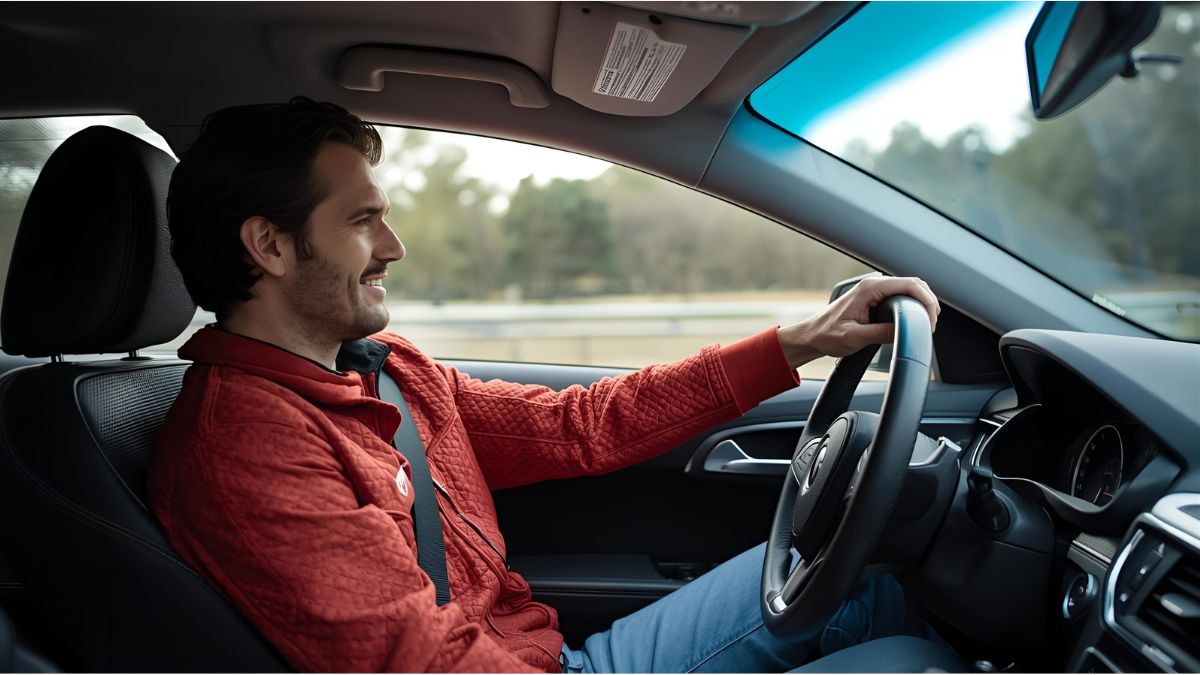After three years of negotiation, the European Parliament, the EU Commission, and representatives of all 27 member states have agreed on one of the most far-reaching driving reforms in decades.
The new legislation introduces an EU-wide driving ban for severe traffic offences committed abroad — meaning that a reckless driver can lose their licence not only at home, but across the entire European Union.
The final vote in Strasbourg marked the conclusion of lengthy talks between EU institutions and national governments. Under the new rules, if a motorist commits a serious offence — such as drunk or drug driving, fatal accidents, or excessive speeding of more than 50 km/h above the limit — the country where the offence occurred can request a union-wide suspension of the driver’s licence.
Once the new directive is transposed into national law — a process expected to take up to three years — penalties will apply across borders. In practice, this means a German driver could lose their licence in Finland or Spain, and that ban would be recognised throughout the EU.
No mandatory medical tests for older drivers
Another controversial proposal has been dropped: mandatory health checks for senior drivers. Several countries, particularly Germany, opposed the plan. Instead, each member state will decide individually whether to introduce such tests.
“We prefer trust over paternalism,” said Jens Gieseke (CDU), transport policy spokesperson for the European People’s Party (EPP). Fellow conservative Markus Ferber (CSU) added that “mobility is not negotiable — regardless of age,” noting that older drivers are “safe and experienced road users.”
Also rejected were plans for a night-driving ban for novice drivers and a pan-European penalty points register, both deemed too intrusive and difficult to harmonize.
Driving licence goes digital
The reform also lays the foundation for a digital EU driving licence, to be introduced by 2030. The licence will be accessible via smartphone and will remain valid for 15 years. Traditional plastic cards will continue to be accepted alongside the digital version, but the move marks the first step toward a fully integrated European system.
Another measure extends the concept of “accompanied driving” — already available to 17-year-olds in Germany — to all EU countries. This will allow young drivers to gain experience under supervision, even while travelling abroad for holidays or study.
New age limits for professional drivers
To address the shortage of truck and bus drivers, the EU will lower the minimum driving age for professional licences:
- Truck licence (Class C): from 21 → 18 years old
- Bus licence (Class D): from 24 → 21 years old
Industry associations welcomed the decision, calling it a “necessary modernisation” to attract young talent into the logistics and transport sector.
Aiming to cut road deaths
The EU says the reform’s ultimate goal is to reduce road fatalities across Europe. According to the European Commission, 19,940 people died in traffic accidents across the EU in 2024.
Sweden and Denmark remain the safest countries, with 20 and 24 deaths per million inhabitants, respectively. Germany performs better than the EU average, with 33 deaths per million, compared to the EU average of 45.
By introducing harmonised penalties, digital integration, and new training rules, Brussels hopes to make Europe’s roads not only more connected — but also significantly safer in the years ahead.









